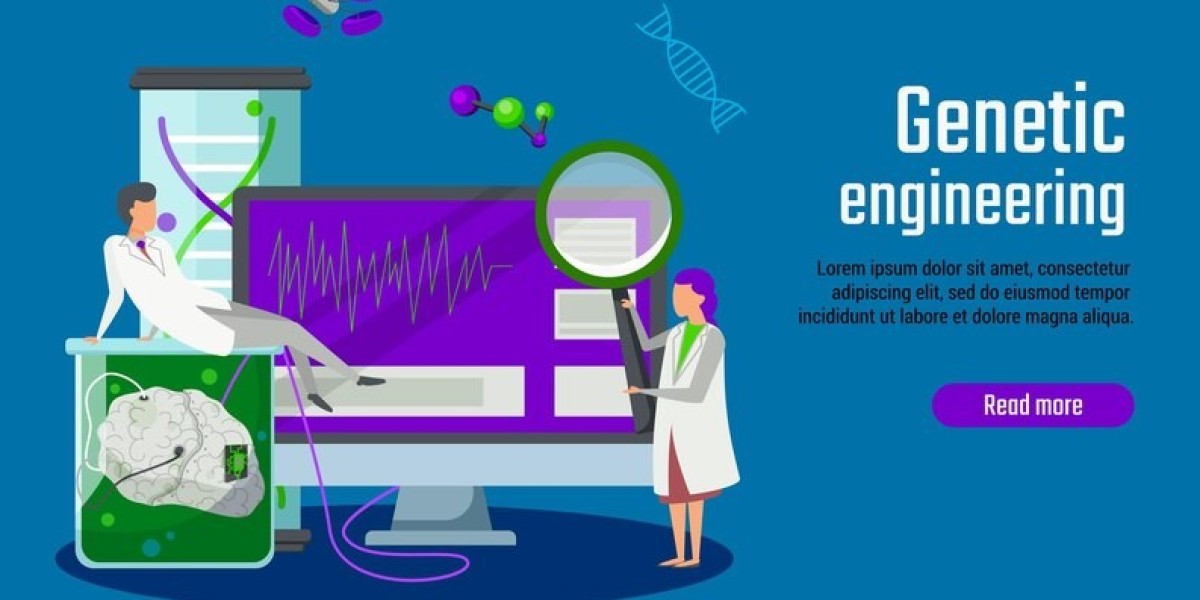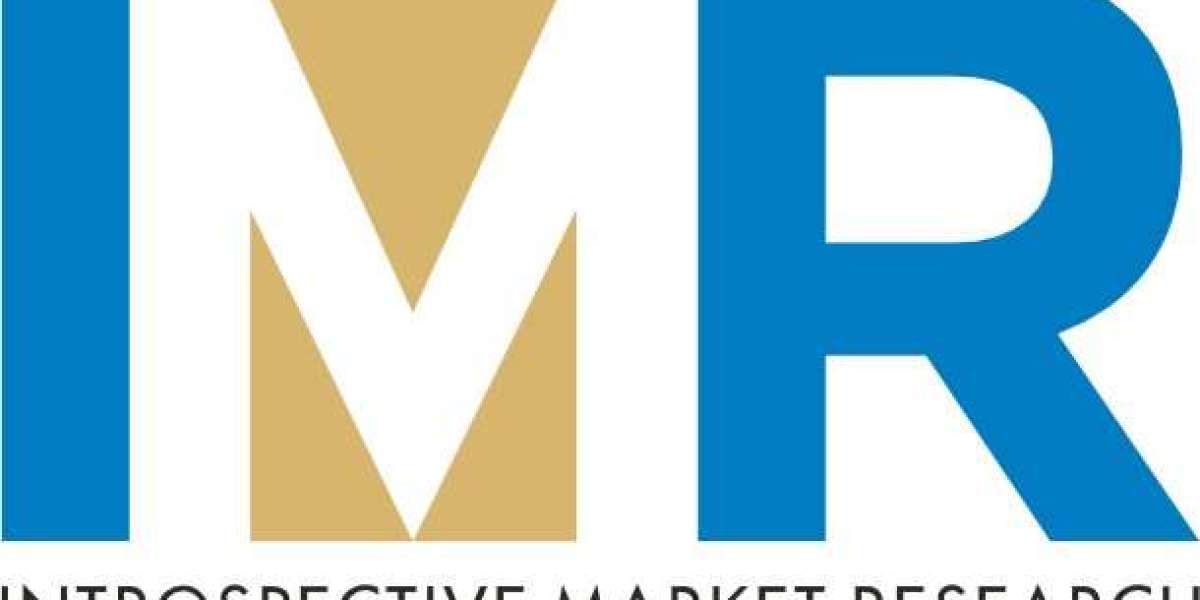Breaking Down the Differences and Impact of Gene Therapy
In the realm of medical advancements, gene therapy has emerged as a revolutionary approach that challenges traditional treatments. By targeting the root causes of diseases at a genetic level, gene therapy offers a new horizon of possibilities. In this article, we explore the differences between gene therapy and traditional treatments, shedding light on their respective impacts.
Introduction
Conventional medical treatments have long been the go-to approach for managing various diseases. However, gene therapy introduces a paradigm shift by addressing illnesses at their source—the genetic level. This innovative technique holds immense potential for treating both hereditary and acquired conditions in a more precise and targeted manner.
Understanding Gene Therapy
- Molecular Scalpel: CRISPR-Cas9: At the heart of gene therapy lies the remarkable CRISPR-Cas9 technology. This molecular scalpel allows scientists to edit specific genes with unparalleled accuracy. By modifying the genetic code, faulty sequences can be corrected, potentially curing diseases that were once deemed incurable.
- Viral Vectors as Delivery Agents: A key challenge in gene therapy news in delivering therapeutic genes to the targeted cells. Viral vectors, such as retroviruses and lentiviruses, serve as carriers, transporting the corrected genetic material into the body. This targeted delivery minimizes off-target effects and enhances the treatment's efficacy.
Comparing Approaches and Impact
- Precision and Personalization: Gene therapy's most significant advantage over traditional treatments is its precision. Unlike conventional drugs that may have systemic effects, gene therapy specifically targets the malfunctioning genes, minimizing collateral damage. This individualized approach has the potential to reduce side effects and improve patient outcomes.
- Potential for Permanent Cure: While traditional treatments often manage symptoms, gene therapy has the potential to provide a permanent cure. By rectifying the underlying genetic mutations, gene therapy addresses the root cause of the disease, offering a more sustainable solution.
Current Applications and Future Horizons
- Hematopoietic Stem Cell Therapy: Gene therapy has shown remarkable success in treating certain blood disorders, such as thalassemia and severe combined immunodeficiency (SCID). By modifying patients' own stem cells, researchers are correcting genetic defects and restoring normal cellular function.
- Neurodegenerative Diseases: The realm of neurodegenerative disorders, such as Parkinson's and Huntington's disease, presents complex challenges. Gene therapy offers a glimmer of hope by delivering therapeutic genes to affected brain cells, potentially slowing down or halting disease progression.
Balancing Risks and Rewards
While gene therapy holds immense promise, it is not without risks. Off-target effects, immune responses, and ethical considerations surrounding germline editing are some of the challenges that researchers and policymakers must address. Striking a balance between innovation and safety is paramount in realizing the full potential of gene therapy.
Conclusion
Gene therapy's emergence as a transformative force in medicine has sparked a new era of possibilities. By directly manipulating genetic material, this approach transcends the limitations of traditional treatments, offering hope for a future where once-devastating diseases are conquered at their source. As gene therapy research continues to unfold, it is a testament to human ingenuity and our relentless pursuit of a healthier world.



